Funded by the Nuffield Foundation
Education spending is the second-largest element of public service spending in the UK behind health, representing £116 billion in 2021–22 in today’s prices or about 4.6% of national income. To make efficient and equitable policy choices, it is crucial to have a clear, consistent picture of how the level of spending at each phase of education has changed over time, expected future changes and the factors driving these changes. Such issues are a vital component of policy debate, given evidence showing how education investments at different ages combine to drive long-run outcomes (Cunha, Heckman and Schennach, 2010; Johnson and Jackson, 2019).
In a series of annual reports on education spending funded by the Nuffield Foundation, we have sought to cast light on this subject by illustrating how spending per pupil across different stages of education has changed over time. We also publish a range of smaller outputs throughout the year to provide more timely and rapid analysis of the resource challenges facing different phases of education.
Following on from cuts to most areas of education spending during the 2010s, the government has provided additional funding at successive spending reviews between 2019 and 2021. However, rising levels of inflation and cost pressures have dampened the effects of extra funding, putting severe strain on providers’ budgets right across the public sector.
At the recent Autumn Statement, the government chose to provide an additional £2.3 billion to schools in England to help compensate them for higher costs. However, it chose not to provide any top-ups to the early years, further education or higher education budgets. The government has also reduced the planned growth in public service spending after 2024–25 as part of efforts to prevent debt from rising in the medium term.
Across some areas of education spending, the early years and schools in particular, it may well be possible to reduce spending whilst keeping spending per pupil constant in real terms. This is because a previous mini baby boom is going into reverse, with significant falls in the pupil population expected through to 2030. However, such savings can only be realised if the government is able to cut the number of schools and nurseries, as well as overall staff numbers. Furthermore, the baby boom is still working its way through the system, with growth in the number of students in further and higher education expected over the next five years.
The new Prime Minister has signalled a desire to create a world-class technical education system. A further big policy theme is the aim to ‘level up’ poorer regions of the country, with a heavy emphasis on the role schools and colleges can play in narrowing inequalities. Such ambitions will clearly be harder to achieve in an era of further constraints on public spending.

